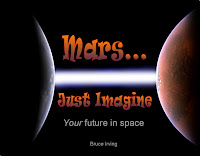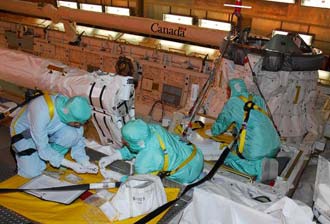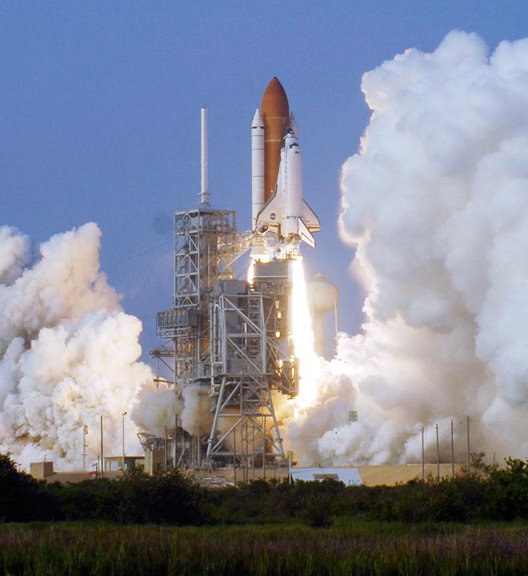… was just recently published by NASA and is now available via Google code. Google has a nice blog post on it.
Of course, reading the “old” assembly code is a probably a bit hard even for today’s programmers used to high-level languages, and even more so for non-programmers. I still think these are excellent documents and at least the comments speak to folks with technical interest (and some are really explicit ;)).
While digging through this material, I found a very interesting and insightful article on the Lunar Module Guidance Computer by Don Eyles, who was deeply involved with its programming. This is a long article, but it is a rewarding read. It not only offers a lot of insight into how challenging it was to fly with these day’s hardware (every cell phone has *far* more capability today, maybe even washing machines…). The article also explains, in plain word, some concepts that were created for Apollo and influence today’s programs as well.
Most importantly, I think that the Apollo program not only showed that mankind can leave earth. It also is probably the first instant where computing machinery was absolutely vital to achieve a goal. In the Apollo days, there were some overrides possible, and obviously needed. Today, we are betting our life more and more on technology, and often without a real alternative. Having overrides would sometimes be useful, too, but we seem to partially forget that ;)
But enough said: enjoy these documents!





